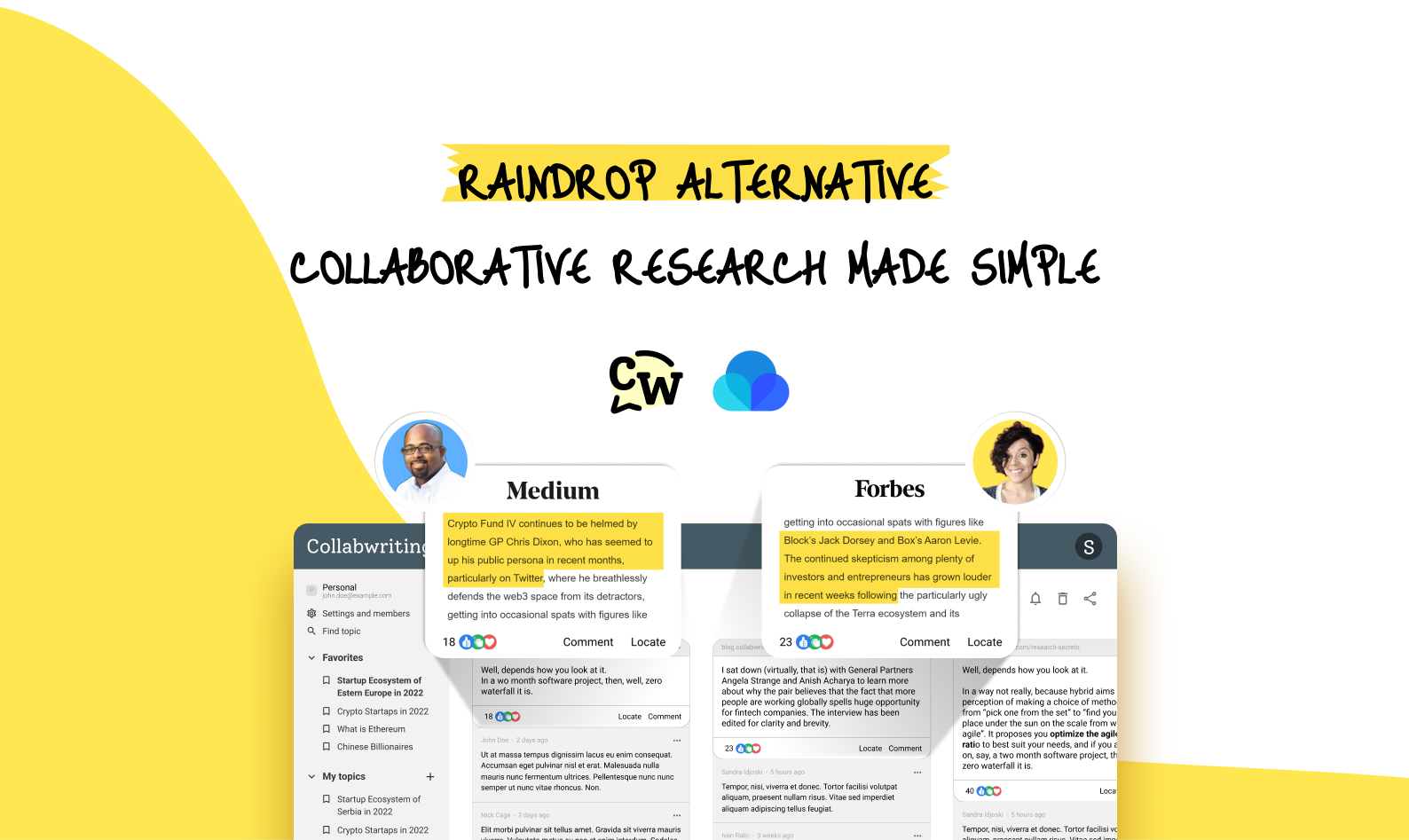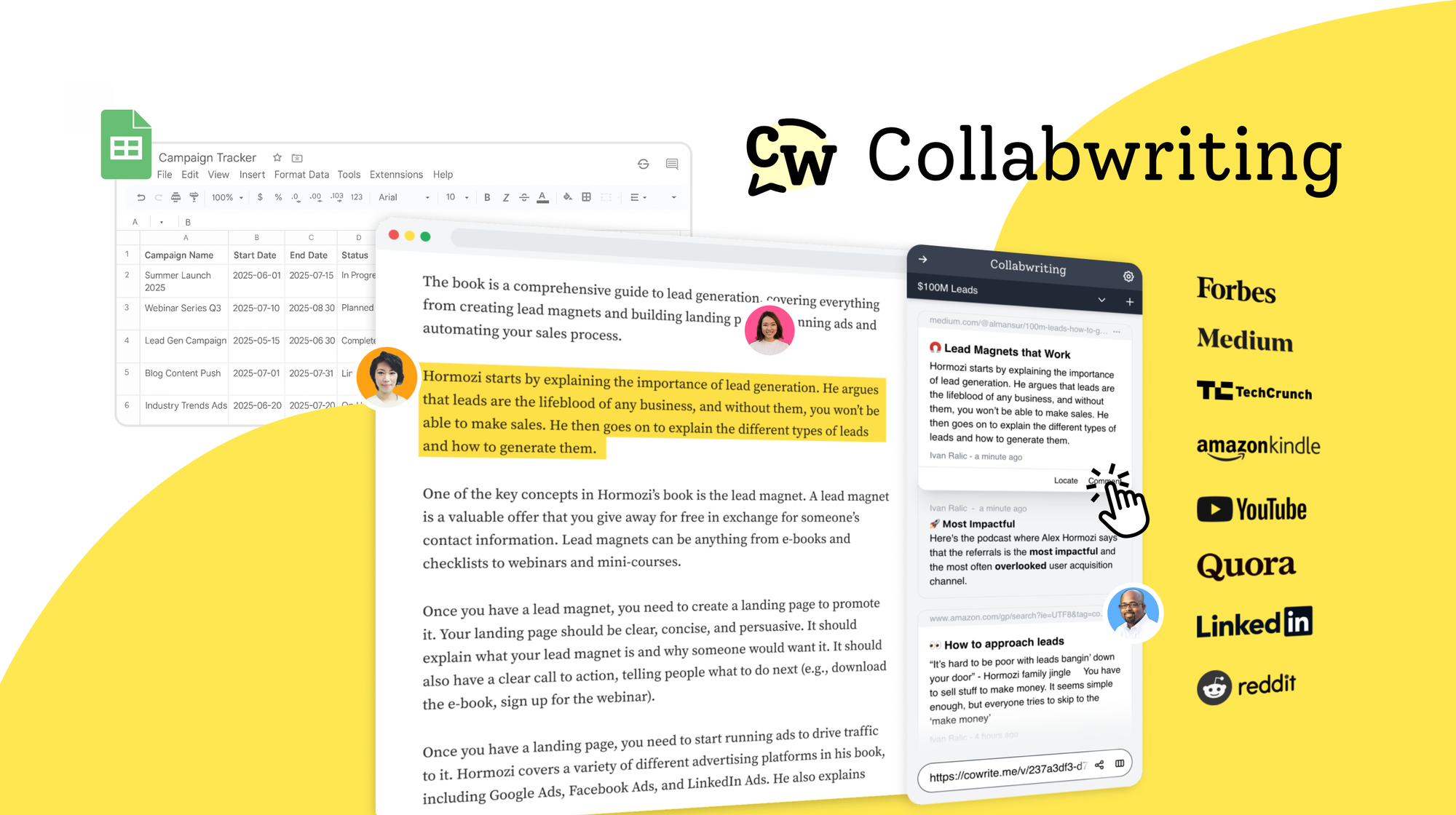Learning about verification is straightforward because the basic checks are the same for all types of content - whether it's an eyewitness video, a manipulated photo, a dubious account, a meme, or even unverified text and questionable knowledge shared online.
Here’s what to look for:
- Provenance: Is this the original content, article, or account?
- Source: Who created it? Who’s behind the account or article?
- Date: When was it published or created?
- Location: Where was it made or where is the account based?
- Motivation: Why was it created? What’s the intent behind it?
By understanding these key elements, you can more effectively assess the credibility of any information.
To help you avoid the pitfalls, let's explore the various ways to verify information and how to recognize unverified and fake news.
Essential steps for ensuring information accuracy
Ensuring information accuracy is crucial, especially during crises, breaking news, or when researching topics for articles, research papers, or any situation that requires reliable data.
Here’s a simple guide to help you stay on track:
- Plan: Have a verification plan and procedures ready before any disasters or breaking news occur.
- Understand verification is a process: Each fact might require a different path to verification.
- Verify sources and their content: Always check both the source and the information they provide.
- Be critical of all sources: Never blindly trust sources, whether they are witnesses, victims, or authorities. Firsthand accounts can be inaccurate or biased, influenced by emotions, faulty memory, or limited perspective.
- Ask challenging questions: Probe your sources by asking “How do you know that?” and “What else supports this?”
- Triangulate information: Cross-check the information with other credible sources, including documentation like photos and audio/video recordings.
- Assess your knowledge: Ensure you have enough understanding of the topic, including any cultural, ethical, or religious complexities, to verify the information.
Online misinformation - The risks
The internet has become a huge part of our lives. We use it for everything – from news and shopping to connecting with friends and family.
But with so much information flying around, it's easy to come across stuff that just isn't true.
How many times have you seen a shocking headline or a surprising "fact" online, only to find out later it wasn't quite right? That's misinformation in action, and it can really mess with our heads!
Misinformation can be sneaky. It might look convincing at first glance, making us believe things that aren't actually true. This can lead to all sorts of problems, like arguments, distrust, and even making the wrong choices, especially during emergencies.
Imagine seeing a fake news report about a dangerous storm heading your way. You might panic and make unnecessary preparations, or worse, ignore real warnings from trusted sources. That's why it's so important to double-check what we see online and make sure it's coming from a reliable source.
We all need to become internet detectives and learn how to spot the fakes!
The role of AI in spreading misinformation
Misinformation and disinformation are major concerns today, especially with the growing influence of social media in politics and business.
AI-generated fakes can spread quickly, causing panic and long-term damage. For example, an AI-generated image of an explosion at the Pentagon in May 2023 led to a drop in stock prices for a day.
AI chatbots can also make mistakes, sometimes up to 27% of the time when summarizing information. With millions of people using platforms like ChatGPT, this means a lot of people might receive incorrect information.
According to the Global Risks Report 2024, misinformation and disinformation can erode trust in both information and politics.
That's why having a solid plan to manage these risks is more important than ever.

Types of sources and examples
Sources of information or evidence are typically categorized into primary, secondary, or tertiary materials. These categories are based on how close the source is to the original information.
- Primary sources are first-hand accounts or original materials, such as diaries, interviews, or original research data.
- Secondary sources interpret or analyze primary sources, like articles that discuss research findings or biographies.
- Tertiary sources compile and summarize information from primary and secondary sources, such as encyclopedias or fact books.
Understanding whether a source is primary, secondary, or tertiary can be challenging. Below, you'll find a clear description of each category along with examples to help you identify them.
Primary research is a type of research that requires the researcher to participate directly in the data-gathering process. They don't depend on already existing data, rather they collect first-hand information that helps with decision-making or further research steps.
➡️ Conducting surveys or interviews with participants
➡️ Performing experiments and recording results
➡️ Observing events or behaviors in real-time
➡️ Collecting data through field studies or focus groups
Secondary research relies solely on existing research materials rather than gathering data directly. This research approach is less expensive and more time-efficient, compared to primary research.
Generally, data for secondary research can be accessed online, by searching through archives, libraries, educational institutions, and organizational reports.
However, extra care must be taken to ensure the data is valid, which can hurt the research process and outcome.
➡️ Reviewing academic journal articles and books
➡️ Searching online databases for previous studies and reports
➡️ Analyzing data from government statistics and industry reports
➡️ Examining records or archives from educational institutions and organizations
Tertiary sources compile, organize, or summarize information from other sources. They don’t provide original content but rather repurpose existing information. These sources often don’t have a specific author and are used to find quick, general information.
➡️ Dictionaries and encyclopedias (sometimes also considered secondary)
➡️ Yearbooks (providing summaries of yearly events)
Chronologies (listing events in chronological order)
➡️ Annotated bibliographies (summarizing sources and their content)
➡️ Citation guides (offering formats for citing sources)
➡️ Statistical compilations (aggregating data from various sources)
➡️ Databases (such as academic databases that index various sources)
➡️ Review articles (summarizing research findings from multiple studies)
How to evaluate source credibility - Actionable steps to check online information
Cross-referencing multiple sources
Cross-referencing is crucial for verifying information. Relying on just one source might give you a biased or incomplete view.
Check multiple sources and compare the information to spot any inconsistencies. If several reliable sources agree, the information is more likely to be accurate.
This approach also lets you view the topic from different angles, giving you a more complete understanding.
Checking the author's credentials
When looking for information online, it's important to check the author's credentials and expertise.
Look for their qualifications, professional experience, and affiliations. Authors with relevant expertise are more likely to provide accurate and reliable information.
Be cautious with content from amateurs or sources known for spreading misinformation.
Expert interviews and citations
To verify information, seek out expert interviews and citations. Look for articles or publications that reference credible experts in the field. Expert opinions can add credibility and offer valuable insights.
If possible, reach out to subject-matter experts directly to clarify any doubts or gather additional information.
Evaluating the website's domain
The domain of a website can give you clues about its credibility. Prefer domains associated with established institutions, organizations, or trustworthy sources, like government websites or reputable news outlets.
Be wary of unfamiliar or obscure domain extensions, or sites with domain names that mimic well-known sources but have slight variations.

Collabwriting - Shareable Notes on Web Pages and PDFs
Collabwriting allows you to gather all your online sources in one place. Just highlight, save, and collaborate with anyone on any content you find online.
What is reliable information?
Reliable information comes from trustworthy sources. According to UGA Libraries, these sources provide “thorough, well-reasoned theories, arguments, etc., based on strong evidence.”
Commonly trusted sources include:
- Scholarly, peer-reviewed articles and books
- Trade or professional articles and books
- Magazine articles, books, and newspaper articles from reputable publishers
- Educational institutions like universities and colleges
- Government websites, academic institutions, and reputable news organizations
While websites and blog posts can offer reliable information, they often need extra evaluation.
Here are 5 questions to help you spot a reliable source:
- Is the source familiar to you?
- Are you questioning the accuracy of the information?
- What are the author's credentials?
- How well does the statement match the original source?
- Does the information have statistics to support it?

Guidelines for evaluating online information
Experts have developed frameworks to help people think critically about the information they come across.
Here are some methods you should follow:
5Ws
This approach involves asking five questions to evaluate the credibility and reliability of a source:
- Who is the author? (Authority)
- What is the purpose of the content? (Accuracy)
- Where is the content from? (Publisher)
- Why does the source exist? (Purpose and objectivity)
- How does this source compare to others? (Determining what’s what)
SMART check
This method is useful for evaluating newspaper sources and involves answering critical questions about your source:
- Source: Who or what is the source?
- Motive: Why do they say what they do?
- Authority: Who wrote the story?
- Review: Is there anything that seems potentially untrue?
- Two-source test: How does it compare to another source?
CRAAP test
This method offers a set of criteria for considering source credibility:
- Currency: Is the information up-to-date?
- Relevance: How important is the information for your needs?
- Authority: Who is the source?
- Accuracy: Is the information truthful and correct?
- Purpose: What is the reason for the information's existence?
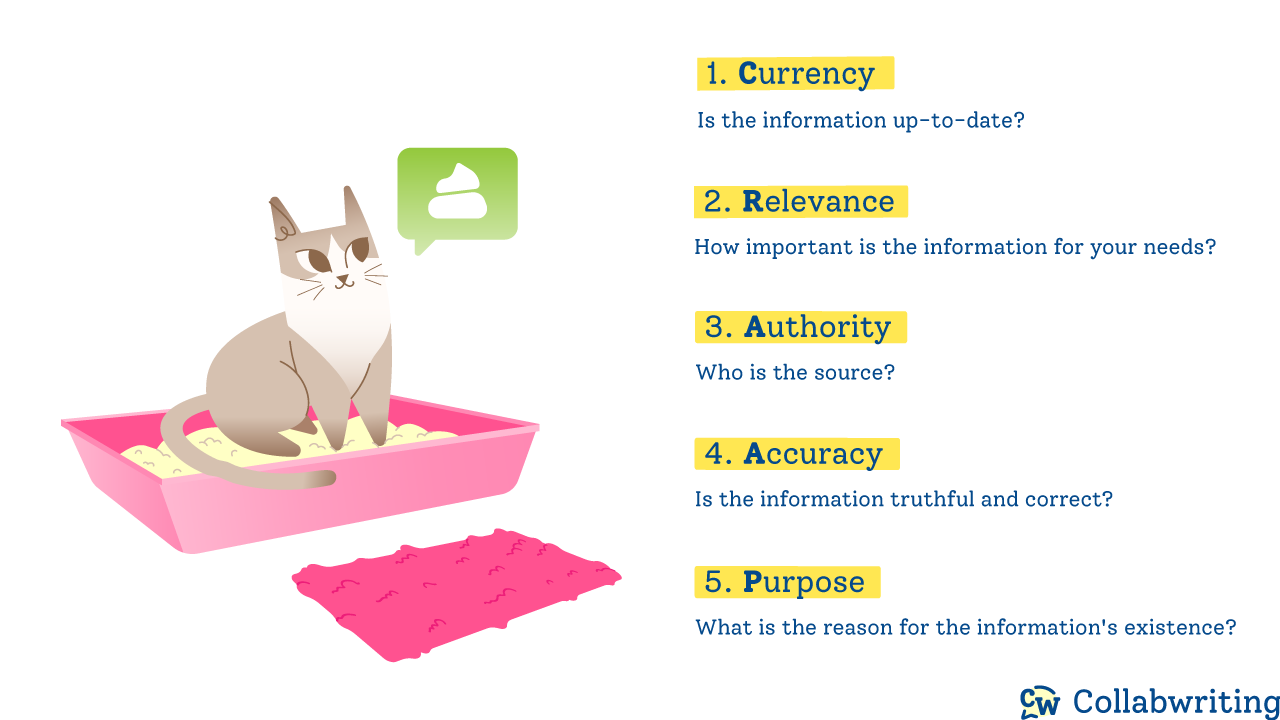
Identifying reliable and unreliable sources
When searching for reliable online sources, there are several key characteristics to look out for:
Authoritative sources
One of the first things to consider is whether the source is known for its expertise in the field or recognized as a reliable authority.
Sources that have a reputation for providing accurate and well-researched information are more likely to be reliable.
For example, academic institutions, government websites, and established news organizations often fall into this category.
Transparency and citations
Reliable sources provide clear citations and references to back up their claims. These citations allow readers to verify the information independently and ensure its accuracy.
Peer-reviewed content
Academic journals and reliable publications often go through a rigorous peer-review process. During this process, experts in the field review and validate the content before publication.
Peer-reviewed articles are more likely to contain accurate and reliable information, as they have undergone scrutiny by knowledgeable individuals in the respective field.
Reputation
Consider the reputation of the website or publication. Websites that have a history of accurate reporting and reputable affiliations are more likely to be reliable.
Look for sources that are well-established and have a track record of providing accurate information.
Additionally, it can be helpful to check if the website or publication has won any awards or has been recognized for its credibility.
By paying attention to these characteristics, you can increase your chances of accessing reliable and accurate information.
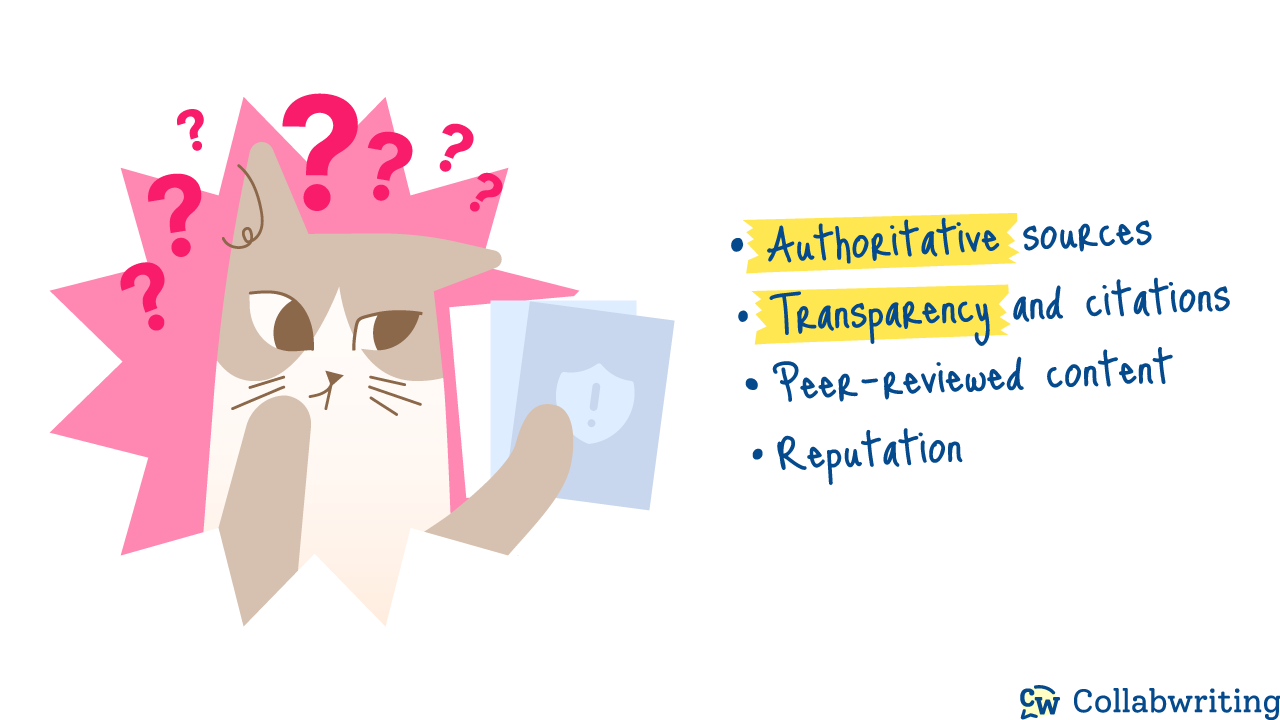
Red flags in unreliable sources
While it is important to know the characteristics of reliable sources, it is equally important to recognize the red flags that indicate an unreliable source.
Here are some signs to watch out for:
Sensationalism and clickbait
Sources that rely on sensational headlines, exaggerated claims, or clickbait tactics for engagement are usually unreliable. These sources prioritize getting attention over providing accurate information.
It’s important to be cautious of sources that use sensationalism as a means to attract readers, as their primary goal may be to generate clicks rather than to provide valuable information.
No one listed or anonymous authors
Lack of authorship or anonymous authors makes it challenging to verify the credibility and expertise of the content.
Reliable sources typically provide information about the author, including their qualifications and expertise in the subject matter. When the author's identity is unknown or undisclosed, it becomes difficult to assess the reliability of the information presented.
Biased or opinionated content
Sources that exhibit clear bias or consistently present information from a particular perspective are less likely to be reliable.
Reliable sources strive to present information objectively, without favoring any particular viewpoint.
Poor design and quality
Unreliable sources often lack professional design, contain spelling or grammar errors, or have an overall unpolished appearance.
While appearance alone is not a definitive indicator of reliability, it can be a clue that the source may not have invested the necessary time and effort into producing accurate and trustworthy content.
The importance of information verification for businesses
Information verification involves checking that information is accurate, complete, and consistent. This can be done manually or with automated tools.
Proper verification brings several benefits to businesses:
- Improving information quality and reliability: Verifying information ensures it is correct and dependable for decision-making, reporting, and communication. This reduces mistakes and confusion. For instance, a company that checks its customer information can avoid sending incorrect invoices, leading to higher customer satisfaction.
- Boosting operational efficiency: Information verification helps streamline and automate information handling, saving time and resources. This leads to faster and more efficient business operations. For example, a company that verifies its inventory information can better manage its supply chain, reducing waste and delays.
- Enhancing information security and compliance: Verifying information helps protect it from unauthorized changes or breaches. This not only prevents fraud and theft but also helps businesses adhere to information protection laws, avoiding legal issues. For instance, verifying employee information can secure sensitive data, improving overall information security and compliance.
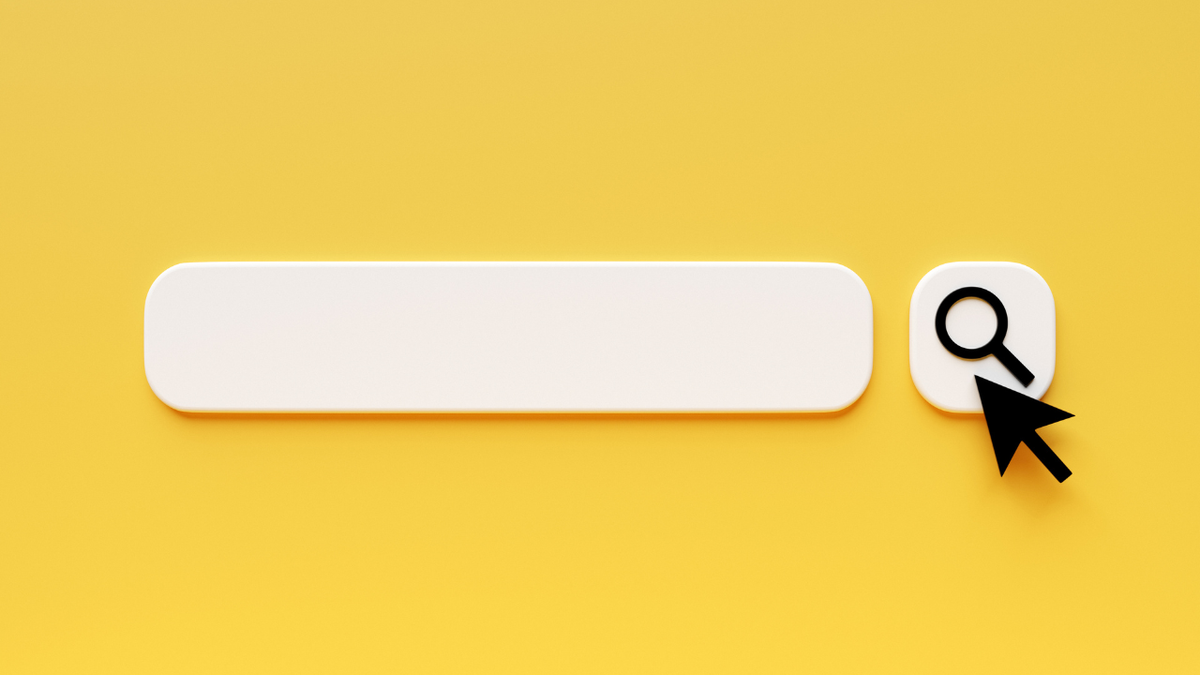
Common obstacles in information verification and how to overcome them
Information verification ensures that the information you collect, store, and analyze is accurate, complete, and aligned with its intended purpose.
While essential for making informed decisions and improving business performance, verifying information comes with its own set of challenges.
Here’s a look at some common obstacles and ways to address them:
Information quality issues
- Challenge: Information quality can be affected by human errors, system glitches, entry mistakes, duplication, inconsistencies, and incompleteness. Poor quality can lead to misleading results and decreased trust.
- Solution: Regularly check for errors and inconsistencies. Validate information against set standards and rules. Implement quality controls at every stage, from collection to analysis.
Information security concerns
- Challenge: Protecting information from unauthorized access, breaches, and theft is crucial. Security threats include cyberattacks, malware, and data breaches.
- Solution: Use encryption to secure information, apply access controls, and implement authentication mechanisms. Regularly monitor activity and maintain backups. Assess risks and apply appropriate security measures.
Information complexity
- Challenge: Information can be complex due to its volume, variety, and speed. This complexity can lead to overload and fragmentation.
- Solution: Simplify and organize information. Standardize and harmonize formats. Use tools and methods like data cleansing, integration, and visualization to manage complexity effectively.
Information scalability
- Challenge: As information grows and evolves, it must scale to meet changing demands. Issues include managing increased volume and diversity.
- Solution: Adapt and optimize systems to handle growth. Design a scalable architecture and infrastructure that supports storage, processing, and governance.
Conclusion
Information verification is an ongoing effort, not just a one-time task.
Regularly checking and updating how you verify information helps keep it accurate and reliable. This ongoing process ensures better decisions helping your business build trust and succeed.
By staying proactive and consistent, you can avoid errors and make the most of the information you have.
Seeking to refine your verification methods?

Collabwriting - Shareable Notes on Web Pages and PDFs
Collabwriting allows you to gather all your online sources in one place. Just highlight, save, and collaborate with anyone on any content you find online.
FAQ
Why is information verification important?
Verification helps ensure that the information you rely on is accurate and trustworthy. It’s essential for making informed decisions, whether you're researching a topic, planning a business strategy, or just trying to stay informed. By verifying, you avoid spreading misinformation and make better choices.
How do I know if a source is reliable?
Look for sources that are well-known and respected, like academic institutions, government websites, or reputable news outlets. Also, check if the source provides clear citations and if the author has expertise in the field. If the source seems biased or sensational, be cautious.
What are some common red flags to look out for in unreliable sources?
Beware of sensational headlines, anonymous authors, and content that seems overly biased or poorly designed. If a source doesn't provide clear citations or has a reputation for spreading false information, it’s best to verify it before trusting it.
Can AI-generated content be trusted?
While AI can be useful for summarizing information, it’s not always accurate. AI-generated content can sometimes make mistakes, so it’s important to cross-check information from AI tools with other reliable sources.
How do I cross-check information?
To cross-check, look for other credible sources that report the same facts. If multiple trusted sources agree on the same point, it’s more likely the information is accurate. Don’t rely on just one source for important decisions!
How can I avoid misinformation on social media?
Be critical of what you read on social media. Check the source, verify the claims with reputable websites, and ask yourself whether the information seems too sensational or emotional. Always look for evidence before believing or sharing content.
What should I do if I find unreliable information?
If you come across information that seems false or misleading, take the time to verify it using trusted sources. If it turns out to be fake, report it to help others avoid misinformation.









![5 Tools Marketers Use to Organize Research - Compared [2025]](/content/images/2025/11/cover-4-1.png)

![Build Credibility in Research: Smart Way to Verify Information and Track Sources Easily [2025]](/content/images/2025/10/covers-for-blog--7--1.png)
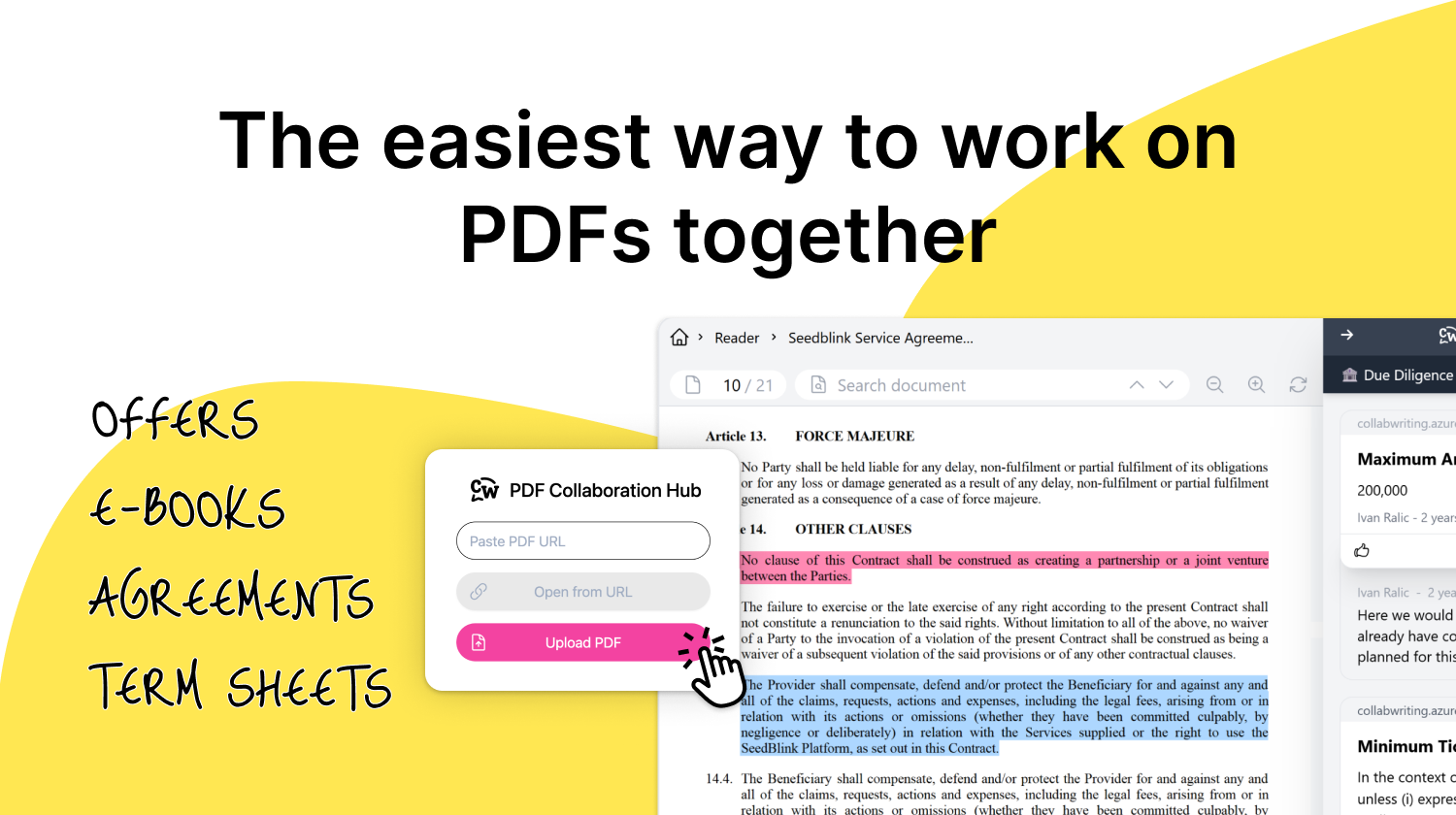
![How Marketers Can Turn LinkedIn Content into Collaborative Research [2025]](/content/images/2025/10/covers-for-blog--8-.png)
![Best Readwise Alternative for Personal & Team Research [2025]](/content/images/2025/09/Frame-814--3-.png)
